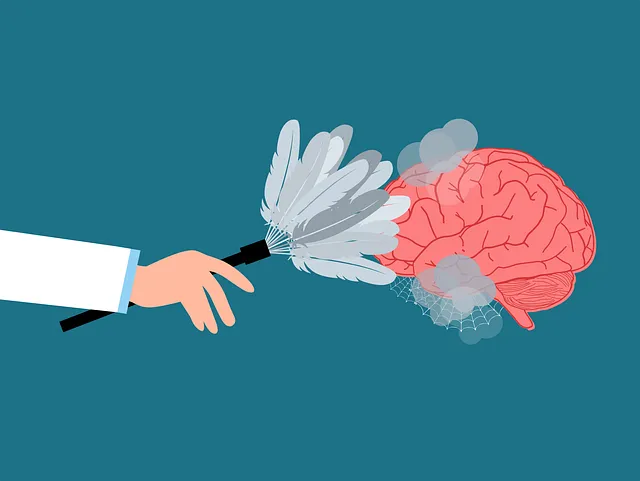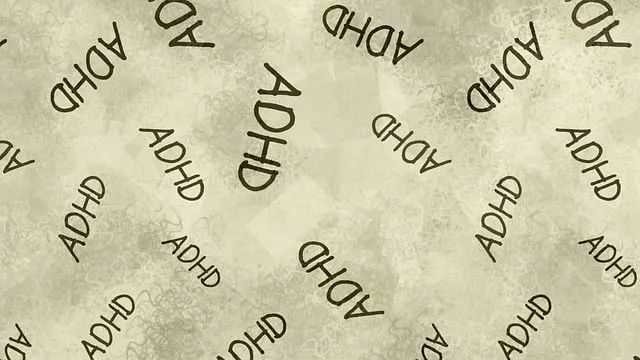Parker Kaiser Permanente (PKP) offers vital community outreach programs addressing mental wellness disparities through workshops, counseling, and education. Their strategic approach, focusing on local needs assessment, collaboration, self-care initiatives, awareness campaigns, and accessible guidance, breaks barriers to care. PKP measures success using multi-faceted data collection methods, including KPIs and empathy-building techniques like focus groups and surveys, ensuring their programs are tailored to community mental health needs.
Community outreach programs are a powerful tool for healthcare providers like Parker Kaiser Permanente to bridge access gaps. This article explores the impact and implementation of such initiatives, focusing on a practical step-by-step guide for introducing the Parker Kaiser Permanente mental health coverage program. We’ll delve into evaluation strategies to ensure success and measure the positive effects on communities. Understanding these programs is key to enhancing healthcare reach and improving lives.
- Understanding Community Outreach Programs and Their Impact
- Implementing Parker Kaiser Permanente Mental Health Coverage: A Step-by-Step Guide
- Measuring Success: Evaluation Strategies for Outreach Programs
Understanding Community Outreach Programs and Their Impact

Community outreach programs play a pivotal role in fostering mental wellness within communities, addressing disparities in access to resources like those offered by Parker Kaiser Permanente for mental health coverage. These initiatives are designed to bring essential services directly to underserved populations, breaking down barriers and ensuring equitable care. Through interactive workshops, counseling sessions, and educational campaigns, outreach programs empower individuals with knowledge about maintaining good mental health and utilizing available support systems.
The impact of such programs extends beyond immediate access to guidance. They contribute to burnout prevention by offering spaces for individuals to connect, share experiences, and gain coping strategies. Incorporating mental wellness journaling exercises and guidance on developing inner strength can further equip community members with valuable tools for managing stress and promoting resilience. By fostering a sense of belonging and empowerment, these programs lay the foundation for long-term mental health stability and overall well-being.
Implementing Parker Kaiser Permanente Mental Health Coverage: A Step-by-Step Guide

Implementing Parker Kaiser Permanente Mental Health Coverage: A Step-by-Step Guide
1. Assess Community Needs: Begin by conducting a comprehensive assessment to understand the mental health needs and gaps within your community. Identify at-risk populations, prevalent mental health concerns, and existing resources. This step is crucial for tailoring your program to address specific requirements, ensuring that initiatives like Mental Wellness Coaching Programs Development are both relevant and impactful.
2. Partner with Kaiser Permanente: Collaborate with Parker Kaiser Permanente to leverage their expertise and resources in mental health coverage. Discuss the organization’s guidelines, services offered, and eligibility criteria. Ensure alignment with your community’s needs. Next, work on integrating their programs into your local context, promoting Emotional Healing Processes through collaborative efforts. Establish clear communication channels, train staff on Kaiser Permanente’s protocols, and create joint marketing materials to educate the community about available support.
3. Develop Self-Care Routine Programs: Create structured Self-Care Routine Development for Better Mental Health initiatives. Design programs that empower individuals with coping strategies, stress management techniques, and mindfulness practices. Offer workshops, online resources, or one-on-one coaching sessions to enhance mental wellness. Regularly review and update these programs based on feedback and community engagement.
4. Provide Outreach and Education: Launch an outreach campaign to raise awareness about the availability of Parker Kaiser Permanente mental health services. Utilize various channels like local media, community events, and social platforms to reach a wide audience. Educate individuals on the importance of seeking support for their emotional well-being, breaking down any associated stigma.
5. Ensure Access and Navigation: Simplify the process of accessing mental health services by providing clear, step-by-step guidance. Offer navigation assistance to help community members understand their coverage, eligibility, and available resources. Address common barriers to care, such as transportation or language preferences, to ensure equitable access to Parker Kaiser Permanente mental health coverage.
Measuring Success: Evaluation Strategies for Outreach Programs

Measuring success is a crucial aspect of community outreach programs, especially when addressing sensitive issues like mental health. At Parker Kaiser Permanente, they understand that evaluating the impact of their initiatives is essential to ensure long-term positive change. Their approach involves a multi-faceted strategy focusing on both quantitative and qualitative data collection. By tracking key performance indicators (KPIs), such as the number of individuals reached and their satisfaction levels, they can assess the immediate reach and effectiveness of their programs.
Additionally, Parker Kaiser Permanente employs Empathy Building Strategies to gain deeper insights into participants’ experiences. This involves conducting focus groups, interviews, and surveys to gather feedback on the program’s impact on mental health awareness and Burnout Prevention. Such qualitative assessments help identify areas for improvement and ensure that the outreach programs are tailored to the community’s unique needs, fostering a more meaningful connection and understanding of Mental Health Awareness.
Community outreach programs, like those aimed at implementing Parker Kaiser Permanente’s mental health coverage, have a profound impact on improving access to care. By following a structured guide and employing effective evaluation strategies, organizations can successfully navigate the process and make a tangible difference in their communities. Measuring success through evaluation allows for continuous improvement and ensures that resources are allocated where they’re needed most, ultimately fostering better mental well-being among underserved populations.






